
What Does My Tax Code Mean?
Tax codes can seem pretty scary, especially when you’re not too sure what they are or what they’re used for. In this article we answer some of your most frequently asked questions about tax codes.
What is a tax code?
A tax code is simply a series of numbers and letters allocated by HMRC to show how much tax you should be paying. Your employer or pension provider uses it to work out how much tax to deduct from your wages or pension.
Most people have the same basic tax code, but HMRC will send out a ‘Notice of Coding’ if yours changes. This might be because you have more than one job or receive a pension, or if you ask HMRC to collect your Self Assessment tax bill through your tax code.
What do the numbers in my tax code mean?
The numbers in your tax code show how much income you can receive in a tax year before you need to start paying tax on it. Known as the Personal Allowance, your employer will normally spread this out across what you’re expected to earn in the tax year, rather than suddenly starting to make deductions part-way through!
Your Personal Allowance is represented by the digits in your tax code – the numbers are simply the allowance divided by 10. For example, where the tax code is 1257L, the taxpayer is entitled to a Personal Allowance of £12,570. Anything you earn beyond that amount will be subject to Income Tax.
What does the letter in my tax code stand for?
The letters in a tax code each have their own unique meaning and are representative of your personal circumstances. We break down some of the most common ones below.
| Tax Code Letter | What It Shows |
| L | This means you qualify for the basic tax-free Personal Allowance. It applies to anyone earning less than £100,000 per year. |
| K | You have an income that isn’t being taxed which is worth more than your tax-free allowance. This could be because you owe tax from a previous year, or because you receive a company benefit, for example. |
| M and N | These tax code letters show that you’re taking advantage of the Marriage Allowance, which allows someone to transfer 10% of their Personal Allowance to a spouse or civil partner if they earn more. The person transferring 10% of their allowance will be represented with an N, while the recipient will be issued with an M on their tax code. |
| C and S | Your income or pension is being taxed using rates applicable to Wales (C) or Scotland (S). |
| T and 0T | Your tax code includes other calculations required to work out your Personal Allowance. For instance, if you earn more than £100,000 a year then £1 of your allowance is deducted for every £2 you earn over that amount. |
| Y | This applies to people who are eligible for a higher Personal Allowance because they were born before 6th April 1938. |
| BR, D0 and D1 | These represent the rate of tax you’re paying if you have more than one job. BR stands for the basic rate 20%, D0 stands for the higher rate (40%) and yes, you guessed it, D1 stands for the additional rate (45%). |
| NT | This simply means you are receiving income that is non-taxable. For example, if your salary is below the Personal Allowance threshold. |
| W1 and M1 | These are used as emergency tax codes when HMRC doesn’t have enough information to assign you the correct code yet. This could be if you don’t have a P45, for example. W1 stands for weekly pay and M1 stands for monthly pay. |
Where can I check my tax code?
Your tax code will be shown on your payslips that you receive from your employer each time they pay you. You can also check it by logging into your Personal Tax Account.
If you think your tax code might be wrong, it’s important to get this amended as soon as possible so you aren’t underpaying or overpaying on your Income Tax. If you don’t, you may very well find yourself facing an unexpected tax bill or even missing out on a tax rebate.
The responsibility lies with you, the taxpayer, to make sure your tax code remains accurate and up to date. So, speak to your employer if you think there has been a mistake, or let HMRC know.
Learn more about our online accounting services, including support with your Self Assessment and all things tax. Speak to one of our team on 020 3355 4047 or get an instant online quote.
Want to learn more?
Subscribe to our newsletter to get accounting tips like this right to your inbox

Read more posts...

The Accountancy Partnership – Our Positive Reviews
18th November 2024Here at The Accountancy Partnership, we’re proud of our customer reviews The reviews we receive from our customers show how hard we…
Read More
What’s the Most Tax Efficient Director’s Salary?
8th November 2024As a director you’re legally separate from your limited company even if you’re also the owner. This means you’re not allowed to…
Read More
What’s the Difference Between the National Living Wage and the National Minimum Wage?
7th November 2024The National Living Wage (NLW), the National Minimum Wage (NMW), and the Living Wage all sound confusingly similar, so understanding how they…
Read MoreConfirm Transactions
The number of monthly transactions you have entered based on your turnover seem high. A transaction is one bookkeeping entry such as a sale, purchase, payment or receipt. Are you sure this is correct?
Please contact our sales team if you’re unsure
VAT Returns
It is unlikely you will need this service, unless you are voluntarily registered for VAT.
Are you sure this is correct?
Call us on 020 3355 4047 if you’re not sure.
Bookkeeping
You will receive our bookkeeping software Pandle for free, as part of your package.
You can use this to complete your own bookkeeping, or we can provide a quote to complete your bookkeeping for you.
Please select and option below:
Call us on 020 3355 4047 if you’re not sure.

